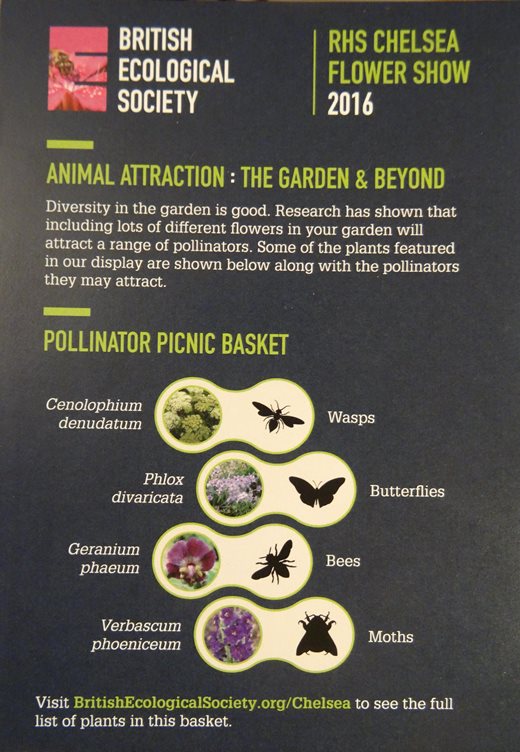Not just pretty faces: the team submits a second paper for peer review, this time looking at insects lurking below the flowers - and is delighted that their first paper finds fame at the Chelsea Flower Show

With the elation akin to handing in a homework assignment, the Plants for Bugs authors handed over their next piece of work on 22 April to a respected journal and now have the long wait to see if it will be accepted. They've already had word that is has gone out to reviewing authors. A promising step but an anxious time to see what experts in their field have to say about the latest findings.
The process should be similar to last time so those curious to know how peer-review publishing works can have a read
here.
This second paper focuses on a diverse group of invertebrates that spend much of their time in the foliage layer. This includes aphids, thrips, mites, true bugs and much more. In fact 19 taxa in total. Not all of these might be considered a 'gardener's friend' but they are no less essential to the food chain than 'pretties' such as butterflies and bees. Knowing how best to support them in gardens through our plant choice will be of interest to many gardeners and ecologists.
Speaking of which, I was delighted to see the pollinator-focused
British Ecological Society (BES) stand at Chelsea last week. They showcase findings from various pollinator studies published by their journal (Journal of Applied Ecology) including the first
Plants for Bugs paper both in their handout (see above) and their website. Well done BES and keep up the good work!

